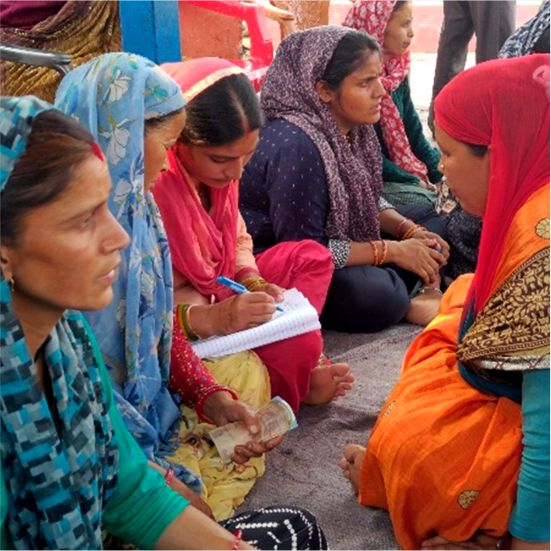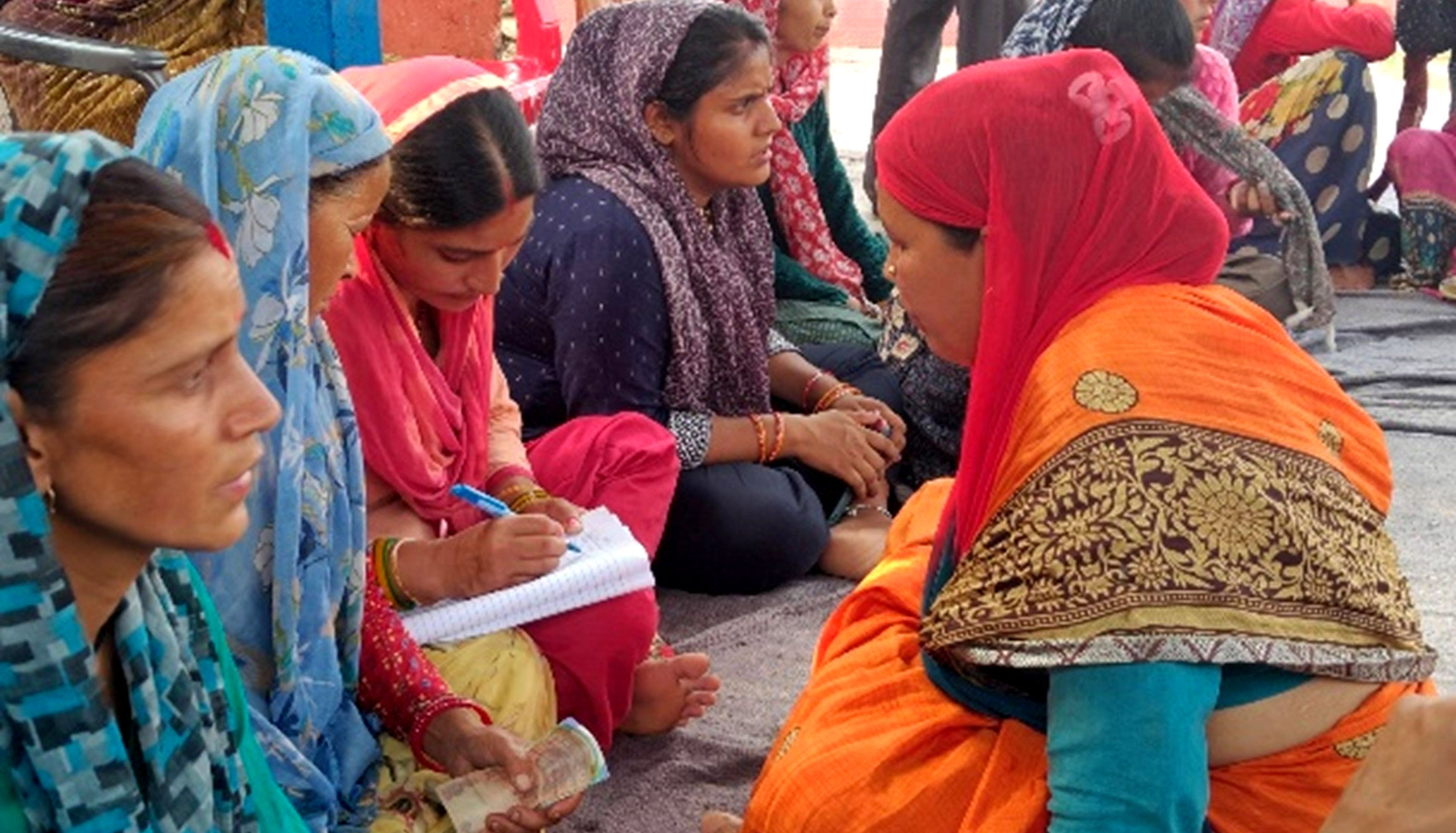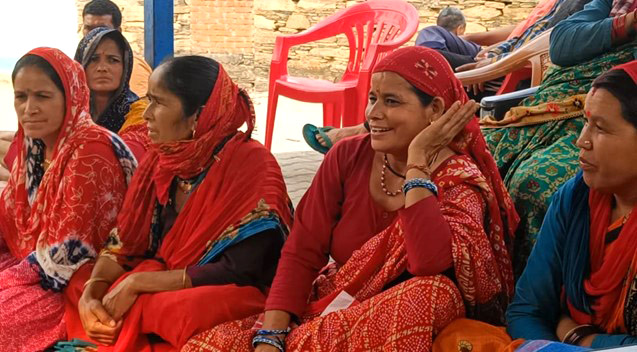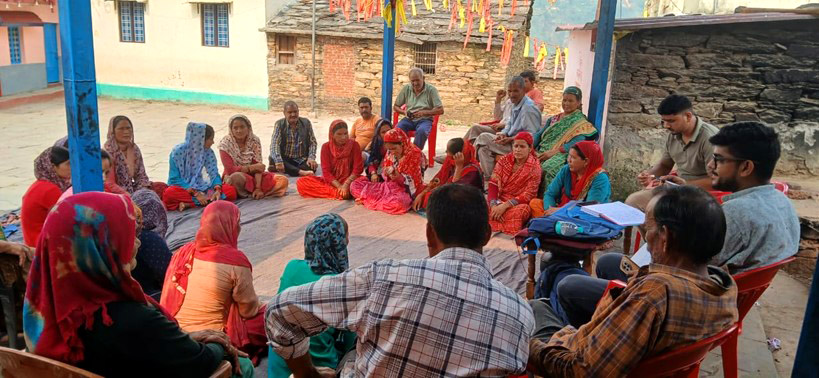
Participatory planning through village-led governance and livelihood platforms
#IntegratedVillageDevelopment

Participants included members from 9 SHGs, indicating a strong presence of community-based institutions.
As part of its Integrated Village Development Programme (IVDP) in Basti village, Rudraprayag, Development Alternatives (DA), in collaboration with ReNEW Power, facilitated the formation of two key community-led platforms: the Village Development Committee (VDC) and the Farmer Interest Group (FIG). These structures are designed to empower local communities and are vital for enabling inclusive governance, participatory livelihood planning, and sustainable development within the region.
This initiative aims to promote social, economic, and environmental well-being by empowering communities as agents of change. It focuses on strengthening grassroots institutions—such as Self-Help Groups (SHGs), School Management Committees (SMCs), and Panchayats—by fostering leadership and mobilising local resources.
Given Rudraprayag’s hilly terrain and migration-driven population loss, the project encourages place-based economic models centred around eco-tourism, traditional crafts, food processing, and agri-enterprises.
Community meetings held at the Panchayat Bhawan saw participation from both men and women, including members of nine SHGs. Women, in particular, displayed enthusiastic leadership, engaging in deliberations on roles and responsibilities and nominating representatives for the committees through consensus. They demonstrated skills in financial record-keeping and expressed interest in expanding local agri-enterprises, food processing, and crafts-based livelihoods.
Going forward, the programme will also focus on strengthening education delivery through the School Management Committee (SMC), aiming to enhance educational outcomes by increasing accountability.
This early but promising momentum marked by strong grassroots participation and ownership positions the IVDP as a model for a community-driven transformation rooted in sustainability and gender inclusivity.

Participants included members from 9 SHGs, indicating a strong presence of community-based institutions.

Explaining the structure and purpose of forming the Village Development Committee (VDC) and Farmers Interest Groups (FIGs)